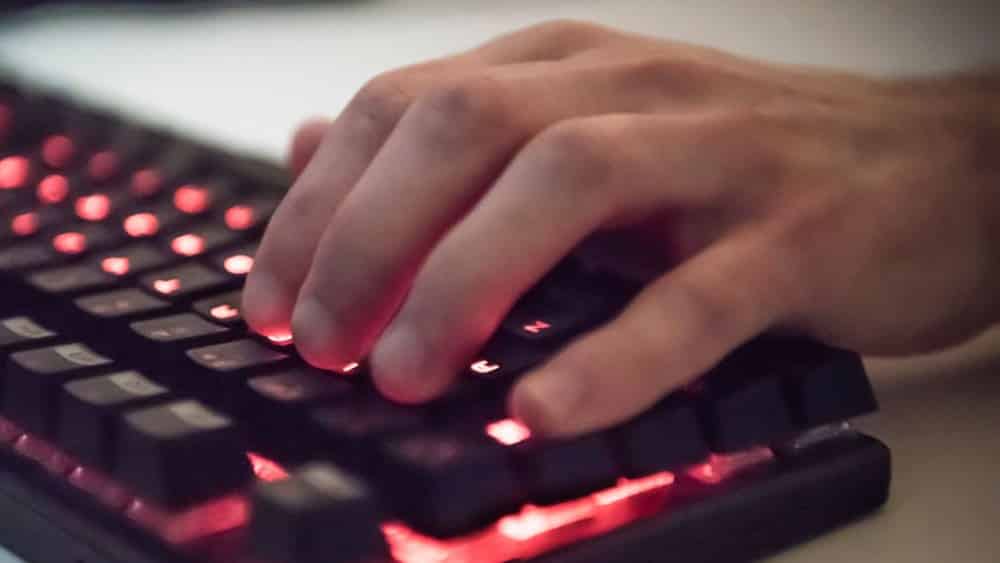The list of body parts that are stressed during gaming is long. The Cologne Sports University has investigated which complaints arise and how they can be avoided.
Every year, you could say, the eSport study of the Cologne Sport University (DSHS) is published. In addition to the topic of sleep, the focus this year was on the ergonomics and physical health of gamers. Frequent gamers represent a special risk group here. Due to the long periods of sitting and stress, they are more susceptible than average to pain in the shoulder and neck area, but also in the lower arms and wrists.
Pain is often ignored
The way players deal with their complaints is alarming. In the survey, almost half of all respondents stated that they “often” to “always” ignore pain. This is problematic behaviour, because according to the DSHS, pain is “a warning signal from the body”. If left untreated, it can become chronic and then recur again and again without a trigger.
In order to prevent pain from occurring in the first place, the “Institute for Exercise Therapy and Exercise-Oriented Prevention and Rehabilitation” at the Cologne Sports University has developed several preventive measures. These can be roughly divided into two areas: Gamers’ behaviour and their environment and equipment.
Irrespective of what is being played and how, a healthy posture is important. This is best achieved with an appropriate chair at the desk. On a couch or an armchair, on the other hand, there is a danger of falling into a “relieving posture”. This may be comfortable, but it is not healthy. Equally harmful is the tendency to sit bent over when playing.
Posture scores best in the chair
In addition to a good chair, the use of height-adjustable desks and screens can also help prevent this “hunched back”. While height-adjustable tables also offer the possibility of playing while standing, height-adjustable screens provide relief for the neck and shoulder area. Besides the back, this is a second zone in which a majority of the gamers surveyed felt discomfort.
However, forearms, elbows and wrists are also exposed to high stress during time-intensive gaming. In order to take preventive action in these areas as well, the DSHS suggests using ergonomic peripheral devices. They can help here: A gaming mouse or a controller whose layout accommodates your own hand. In addition, enough desk space should be provided for the mouse and a wrist rest should be used for the keyboard.
Smartly distribute the contingent on the screen
Last problem area that many players will be familiar with is the head. According to the DSHS, those who repeatedly complain of headaches can take care not to expose themselves to anything dazzling in their field of vision, on the one hand, and reduce screen time outside of play, on the other. So if it is clear that FUT Champs or an extended Valorant session is coming up at the weekend, it is advisable not to fall into binge-watching afterwards and to avoid unnecessary glances at the smartphone.
Furthermore, gamers can prevent physical discomfort through compensatory exercise. On a small scale, this means regularly changing one’s posture while gaming in order to create an even load. On a larger scale, it means following the recommendation of the World Health Organisation (WHO) and being physically active for 2.5 hours per week. Ideally, this should be done in the fresh air, which also prevents headaches.
So while extensive and intensive video gaming does pose potential health risks, there are just as many ways to minimise these risks. With the right equipment and a few small behavioural changes, your gaming career can be extended by a few years.





